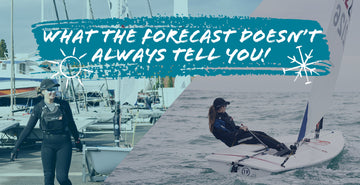Whether you’re heading out for a training session, coaching from a RIB, or a full day of racing, you’ve probably noticed this universal truth:
It ALWAYS feels colder on the water, But WHY?
And how should you dress to stay warm, dry, and focused out there?
At Rooster, we believe that understanding the science behind air temperature on land vs. sea can help you make smarter kit choices - and in turn have a much better time on the water.
The Science: Air Temperature on Land vs. Sea
The main reason it feels colder at sea than on land is down to three key factors: water’s thermal properties, wind chill, and humidity.
1. Water Holds Cold Better Than Land
Water has a much higher specific heat capacity than land, meaning it takes longer to heat up—and cool down. So even on a warm spring or autumn day, the sea may still be holding onto winter temperatures. That colder surface cools the air directly above it.
✅ Example: According to the UK Met Office, in spring, sea surface temperatures around the UK are often 5–8°C colder than the average daytime air temperature on land.
✅ More science? The National Data Buoy Center (NDBC) explains that during winter, the ocean tends to warm the air above it more effectively than cold land surfaces, leading to noticeable differences in temperature.
2. Wind Chill is Stronger Over Water
Open water spaces offer less shelter, so wind speeds are typically higher. This increases convective heat loss, making it feel much colder than the thermometer says—especially if you're wet or moving fast.
💨 Fact: A 10°C air temperature with a 20-knot breeze can feel like 3–4°C once wind chill is accounted for. (Source: National Weather Service Wind Chill Calculator)
🌧️ And when you add water into the mix—whether from spray, rain, or full immersion—the cooling effect intensifies. This is known as wet wind chill, and it can dramatically drop your perceived temperature. Check out this live Wet Wind Chill Chart from Southampton Weather to see just how cold it can feel.
3. Humidity and Evaporation Cool You Down
When you’re surrounded by water, evaporation plays a major role in how cold you feel. Wet kit (or spray from waves and wind) speeds up heat loss from your body through evaporation—especially in technical fabrics.
🌊 Even on sunny days, this combo of wind + water = cold.

What This Means for Your Kit Bag
The difference in perceived temperature between land and sea can be 5–10°C or more. That’s a big deal if you’re dressing based on the weather you felt in the car park!
At Rooster, we always recommend preparing for the real conditions you’ll experience on the water—not just what your phone’s weather app says.
Here’s how to layer like a pro:
1. Base Layer
Start with moisture-wicking thermal layers. Our PolyPro™ Leggings and PolyPro™ Top regulate body temperature and stay warm even when damp.
2. Insulating Mid-Layer
In colder months or early mornings, add an insulating layer like our 4mm Supertherm Neoprene (for temperatures under 12°C) or 1.5mm Thermaflex Neoprene (for when its a bit warmer) for extra warmth without bulk.
3. Waterproof / Windproof Outer Layer
Seal it all in with a windproof, waterproof shell. Our Aquafleece® Spray Top range is a great top-layer addition for dinghy sailing, offering insulation without the bulk. For sportsboat and keelboat sailors or coaches needing protection without sacrificing movement, the SB1 Inshore Jacket or Coastal Hi-Fits are ideal.

Final Thought: Be One Step Ahead
It’s easy to underestimate how cold it’ll feel on the water—especially when the sun is shining. But staying warm means staying sharp, enjoying your session, and avoiding early exits due to the chill.
So next time you’re packing kit for a day afloat, remember: it’s not just about air temperature—it’s about where you are. Layer smart, and you’ll be ready for anything.
Explore our full layering range and gear up for comfort, confidence, and performance—whatever the forecast says.
📚 Learn more about temperature science from NOAA’s National Data Buoy Center and their detailed explanation of air-water temperature differences.




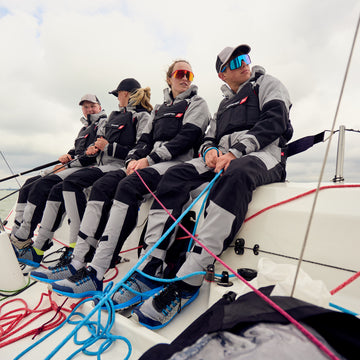



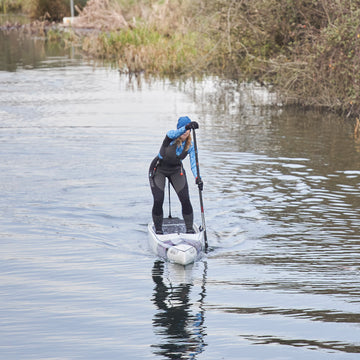
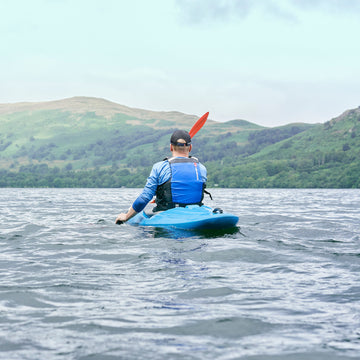
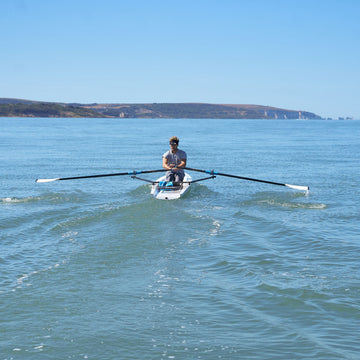
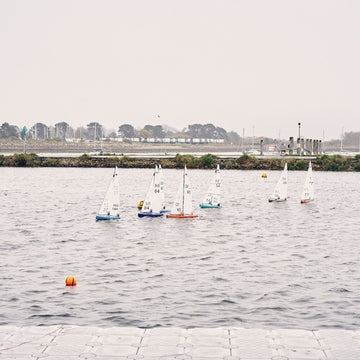








 Select Store
Select Store
 EU
EU
 US
US
